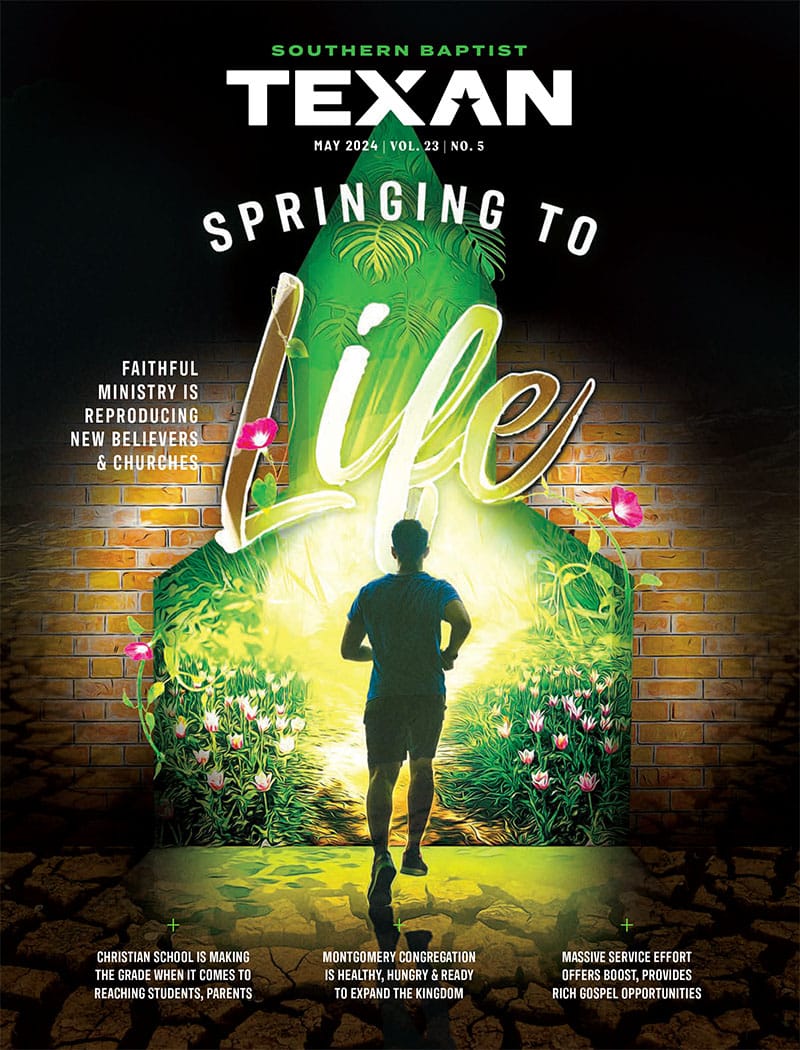Here are some thoughts that I’m keeping in mind as I preach for video. I hope they’ll be of help to other preachers:
1. Make your delivery as personal as you can. The camera never blinks and it exaggerates how you communicate nonverbally. You will connect better with your listeners by doing the things that make for effective one-on-one communication.
Smile. Maximize your eye contact with the camera. Use minimal notes, if any at all. Aim for a delivery style that is less oratorical and more conversational.
2. Keep in mind how people will be watching you. Preaching for video is different from preaching to a live congregation in that it is not really public communication. Instead, it is more intimate and interpersonal. Many of your people will be watching you by themselves on a computer or handheld device. Some may watch with their families or a very small group.
When making your video, I’d caution against pretending you are preaching to a congregation. Walking around on the platform or being behind a pulpit will seem artificial. Instead, imagine that you are talking to one person. Use second-person singular language—say “you” and “your”—and make application of your message to individuals.
3. Acknowledge the current situation, but don’t dwell on it exclusively. No doubt, we need to continue to pray for God’s intervention in the coronavirus pandemic every week as our churches gather online. Pastors need to bring a word that calls our people to trust God in the face of this crisis. At the same time, our people are being bombarded with messages about the coronavirus every way they turn.
When you speak, they need to hear a word from God that will strengthen their faith. Your listeners always will benefit spiritually from hearing expositional messages from the whole counsel of Scripture, especially as the weeks wear on.
4. Preach live, if possible. While time or technological restraints may require you to pre-record your sermon, broadcasting the message in real time on Sunday morning is best.
After our first week of online-only worship, one couple contacted me to say that they had watched both our Sunday morning services, and they were surprised and thankful that I preached twice, rather than just replaying the first message in the second service. There’s a sense of immediacy when your people can tell you are actually preaching to them in the moment. And they can tell.
5. Relax. Speaking to a camera without an audience to support you and respond is hard. When you misspeak or mess up—don’t worry, you will—shake it off and keep going just as you would in live sermon delivery in front of a congregation.
Your people are not expecting perfection. They do want to hear from and see their pastor and receive God’s Word from you.
6. Present the Gospel and give opportunities for people to respond. Joining your church’s livestream service is a low-risk way for nonbelievers to listen to preaching. They don’t have to come to church, they have relative anonymity, and they can turn you off whenever they want! As a result, you would be wise to assume that unsaved people are watching.
Make sure you proclaim the gospel clearly and provide a way for people to respond who make decisions or have questions or prayer needs. Simply listing an email address or a phone number to call can open doors for ministry.
We can thank God for the opportunity we have to preach to our people via video during the social distancing that the coronavirus requires right now. To my fellow preachers who are preaching to empty rooms, I say:
Be biblical. Be faithful. Be relational. Be genuine. Be prayerful. Be vulnerable. Be encouraging. And be encouraged. We know that God is using even this to accomplish something for his glory.
Stephen Rummage is the senior pastor of Quail Springs Baptist Church in Oklahoma City.














